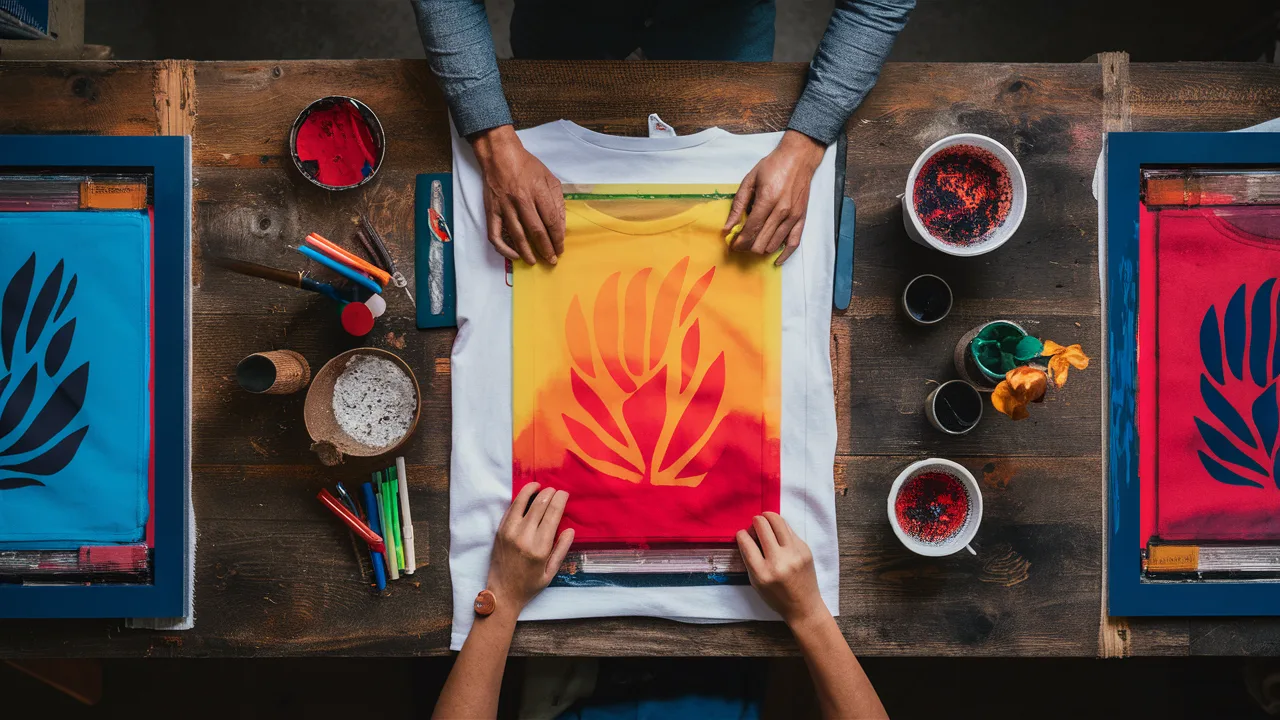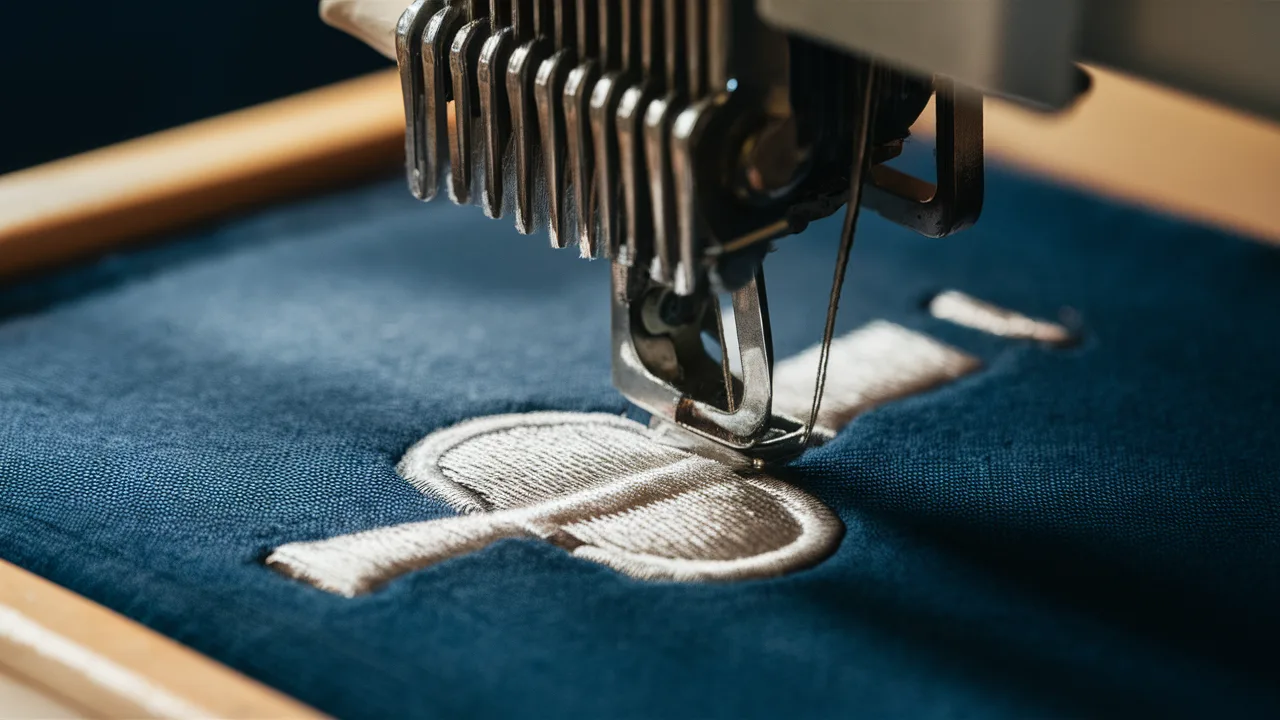What Are the Most Durable Printing Methods for Merchandise?
When you’re creating merchandise that withstands repeated use, washing, and time, choosing the right durable printing methods makes all the difference. The most long-lasting printing techniques include screen printing, embroidery, heat transfer printing, and DTG printing, each offering unique advantages depending on materials, design complexity, and intended use. We’ll help you navigate these resilient apparel printing strategies to find the perfect match for your needs.
TL;DR: Most Durable Merchandise Printing Methods
- Screen Printing: Best for large orders, bold designs, excellent wash resiliency.
- Embroidery: Extremely durable, premium-quality appearance, ideal for logos.
- Heat Transfer: Good for short runs, moderate durability, high customization flexibility.
- DTG Printing: Great for photo-realistic prints, lower durability compared to screen or embroidery without proper care.
- Choose based on: Quantity, design complexity, garment material, longevity expectations.
Understanding the Importance of Durable Printing
Why Durability Matters

Ever been disappointed when your custom tee starts cracking or fading after just two washes? You’re not alone. Whether you’re creating apparel for a brand launch, corporate event, or resale, durable printing methods and print longevity shape your customers’ lasting impression. Long-lasting printing techniques aren’t just about aesthetics—they’re about delivering real value. High-quality, resilient prints maintain your brand’s professional image, maximizing your investment and enhancing customer satisfaction for years to come.
Factors Affecting Longevity
Not all fading or peeling stems from poor printing quality. Several key variables impact the durability of your prints, including:
- Fabric Composition: Natural fibers like cotton absorb ink differently from synthetics like polyester.
- Washing Habits: Heat, harsh detergents, and machine-drying can accelerate deterioration.
- Ink or Thread Type: From plastisol to water-based inks, ink chemistry dramatically affects longevity.
- Application Temperature & Pressure: A print’s bond depends on proper curing and heat press settings.
Understanding these variables helps you match the right durable printing methods with your specific application—whether you’re creating employee uniforms, promotional merchandise, or retail apparel.
Exploring the Top Printing Methods
Screen Printing: A Classic Choice
Screen printing has earned its reputation as one of the most durable printing methods available—and for excellent reason. This time-tested technique produces vivid, opaque colors with exceptional durability. In screen printing, ink is pushed through a stencil (or screen) mesh onto the garment layer by layer, making it perfect for bold logos and simple graphics that need to last.
This robust garment printing process thrives on bulk production: once you create a screen, reproducing the design across hundreds of shirts becomes incredibly cost-effective.
| Pros | Cons |
|---|---|
| Vibrant, durable prints | Setup costs for screens make it inefficient for small runs |
| Cost-efficient for large orders | Limited color gradients and detail |
| Wash-first durability | Not ideal for photographic or highly-detailed designs |
Direct-to-Garment (DTG): Perfect for Detailed Designs
Think of DTG printing as a high-end inkjet printer designed specifically for textiles. It prints directly onto fabric using water-based inks, making it a powerhouse for intricate, vibrant, full-color designs that would be impossible with traditional screen printing.
DTG printing allows you to print exactly what you see on screen with no setup fees, making it ideal for hyper-personalized items or short-run ecommerce models. While not as naturally durable as screen printing, modern DTG technology has improved considerably with better inks and advanced curing processes.
| Pros | Cons |
|---|---|
| Photo-level print detail | Less durable on heavy use unless pre-treated |
| Great for small batches | Higher cost per item |
| No screen needed—faster turnaround | Requires 100% cotton for best results |
Heat Transfer: Balancing Quality and Durability
Heat transfer printing offers incredible versatility among long-lasting printing techniques. This method involves printing a design on special transfer paper and then applying it to fabric using a heat press. You’ll find several subtypes: vinyl heat transfer, sublimation, and digital heat transfer—each with unique durability characteristics.
Sublimation stands out as particularly long-lasting when used on polyester because the ink actually becomes one with the fabric fibers. Vinyl transfers, however, create a thicker design that can peel over time if not properly applied.
| Pros | Cons |
|---|---|
| Highly customizable | Durability varies by transfer type |
| Good for photos or small runs | Can feel heavy or plasticky on shirts |
| Quick production | Not ideal for mass production |
Embroidery: Timeless and Long-Lasting

Unlike other printing methods, embroidery involves stitching thread directly into fabric fibers. The result? An ultra-durable, textured, and premium look that withstands years of wear and tear. Embroidery represents one of the most resilient apparel printing strategies available, making it perfect for polos, jackets, uniforms, and caps.
While embroidery options aren’t suitable for photorealistic designs, they create a strong impression of quality that literally lasts as long as the garment itself.
| Pros | Cons |
|---|---|
| Unmatched durability | More expensive than printing |
| Premium look and feel | Not viable for detailed artwork |
| Ideal for uniforms, corporate wear | Size limitations on intricate designs |
Cost Guide: Durable Printing Methods in Singapore
Here’s a practical breakdown of common price ranges in the Singapore market for each durable printing method. Prices vary based on fabric choice, volume, and design complexity.
| Method | Low-End (SGD) | Mid-Range (SGD) | High-End (SGD) |
|---|---|---|---|
| Screen Printing (bulk) | $3/shirt | $5/shirt | $8/shirt |
| DTG Printing | $8/shirt | $12/shirt | $18/shirt |
| Heat Transfer | $5/shirt | $8/shirt | $12/shirt |
| Embroidery | $7/item | $10/item | $15+/item |
Final Thoughts: Which Durable Printing Method Is Right for You?
There’s no universal solution when choosing among durable printing methods. If longevity and color vibrancy are your top priorities, screen printing wins for large production runs. For premium, professional appeal that lasts, embroidery options remain unbeatable. Choose DTG printing when you need precision in small batches or highly detailed, colorful custom designs. And when budget meets versatility needs, heat transfer printing offers a solid compromise.
Ultimately, the best long-lasting printing techniques combine both durability and design intent. When you align your printing strategy with your merchandise’s real-world usage, you’ll deliver products that outlast trends and truly impress your audience with their resilience and quality.
Frequently Asked Questions
- What type of shirt printing lasts the longest?
Embroidery typically outlasts all other methods, followed by screen printing for durability on fabric. - Is screen printing or DTG more durable?
Screen printing is generally more durable, especially for bold graphics and repeated wash cycles. - Can heat transfer prints withstand washing?
Yes, especially sublimation prints. However, vinyl transfers can peel without proper care. - Are embroidered designs more expensive?
Yes, embroidery costs more due to stitching time and premium threads, but it pays off in longevity. - What’s the best printing method for hoodies?
Screen printing or embroidery work best—depending on your design complexity and texture preference. - Do DTG prints crack or fade?
With proper pretreatment and heat curing, DTG prints last well but may fade faster than screen prints. - How do I care for printed shirts to extend their life?
Wash inside out, use cold water, avoid bleach, and tumble dry low or hang dry when possible.
